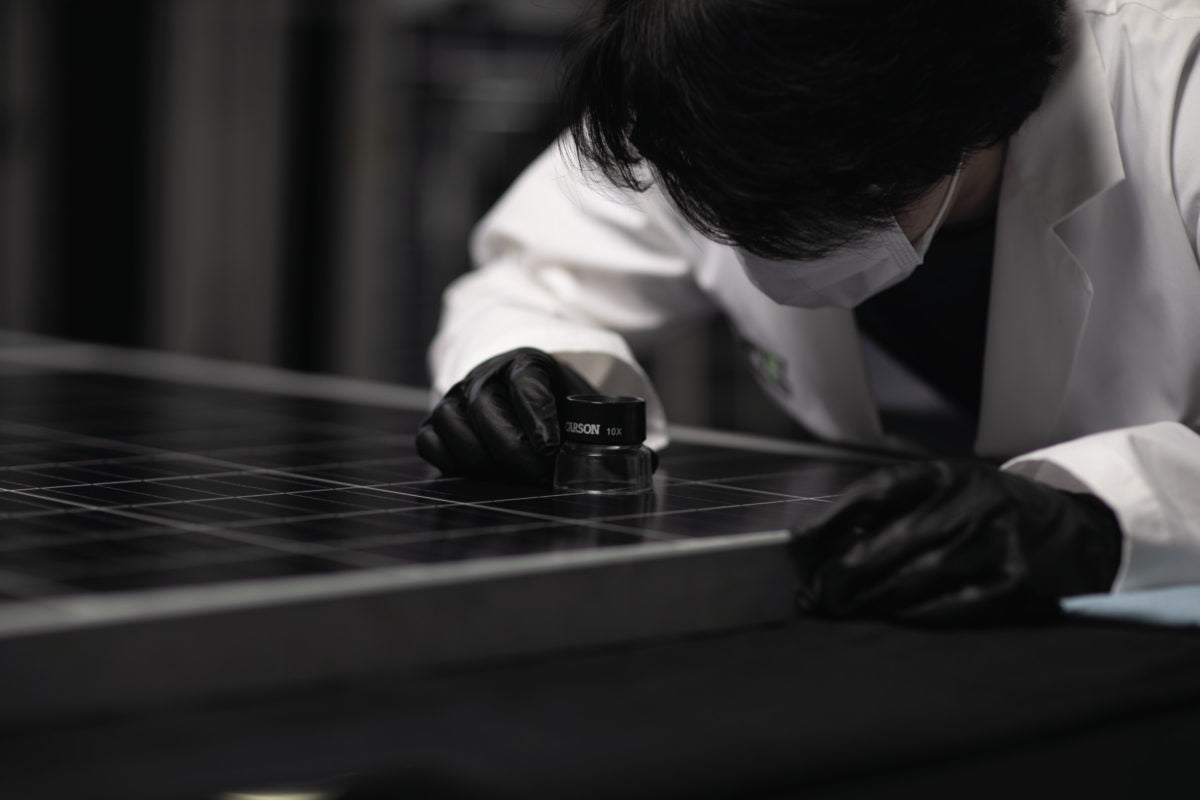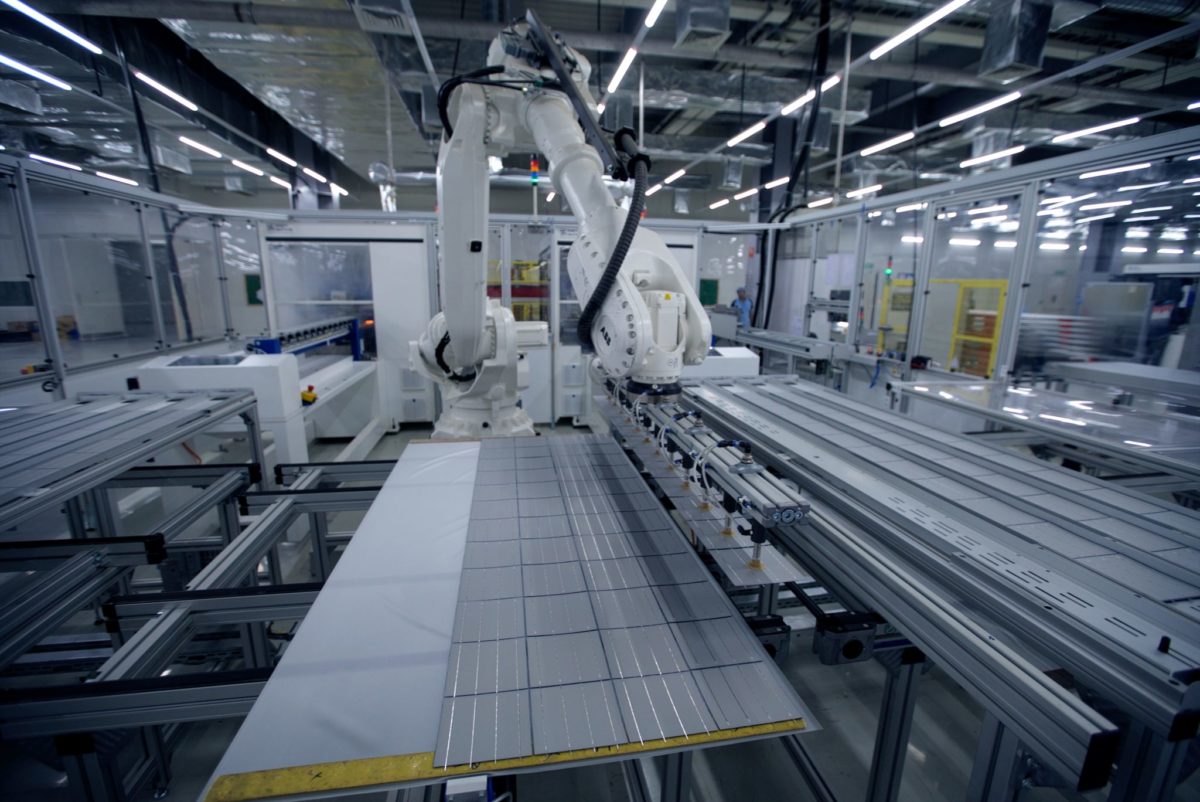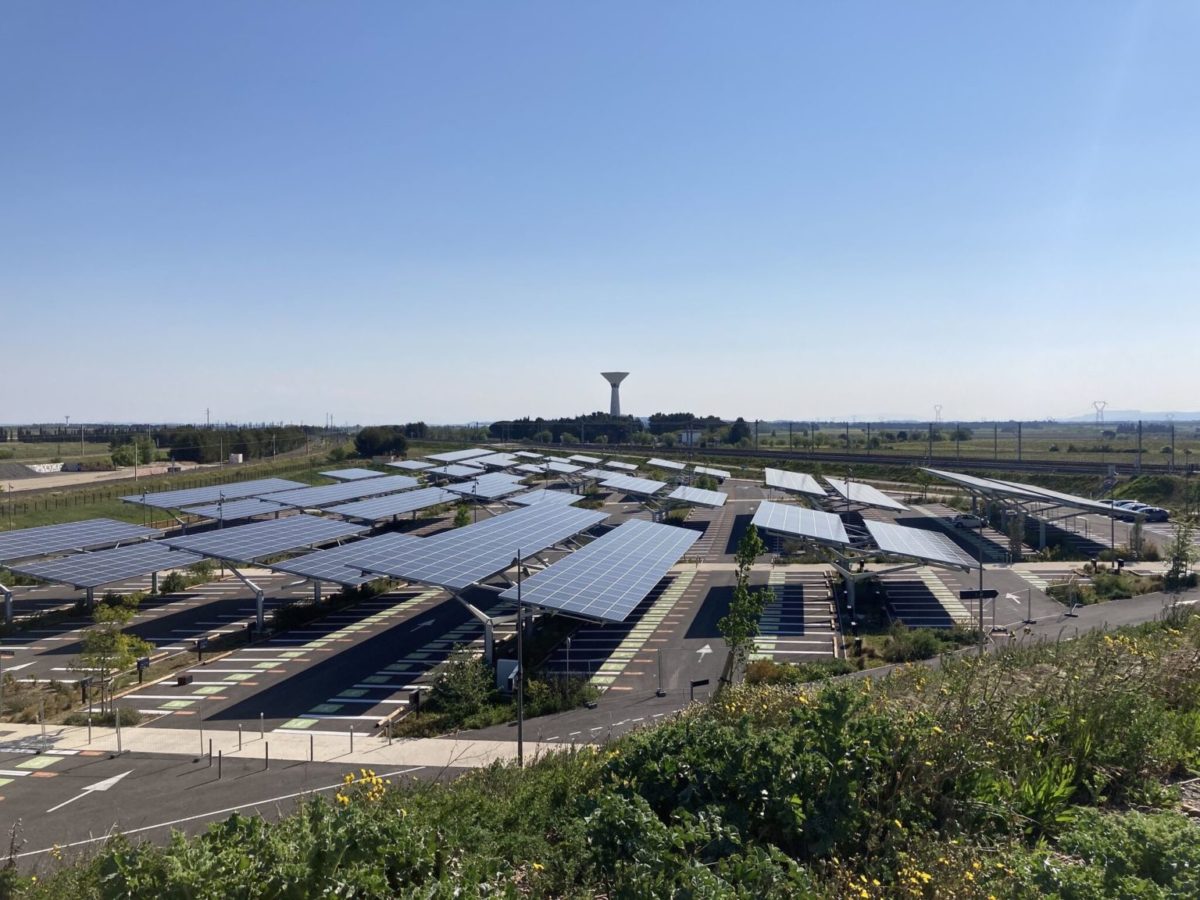https://www.pv-magazine.com/2022/02/26/the-weekend-read-buyer-power-in-a-tight-pv-module-market/
The weekend read: Buyer power in a tight PV module market

In addition to production monitoring and specific bill of materials requirements, PVEL recommends testing a random sample of modules upon delivery, to spot any issues before installation.
Image: PVEL
From pv magazine 02/2022
For nearly two decades, I’ve watched the solar market cycle from boom to bust and back again as government policies and new technologies disrupt the PV module supply chain. The industry has grown in spite of ongoing uncertainty. But at what cost? When demand for modules is high and supply is constrained, buyers believe they are at the mercy of their suppliers. They often accept whatever is available instead of the equipment they want.


Every quarter, PV Evolution Labs (PVEL) teams up with Exawatt to assess PV module market conditions and inform buyers through our joint report, the “Solar Technology and Cost Forecast.” We anticipate continued supply chain challenges in 2022 for three primary reasons:
Raw materials
Raw material shortages and cost increases reduce product availability and increase prices. While the sky-high polysilicon prices observed in 2021 will finally peak and fall, we expect them to remain above 2019-20 levels. High silver prices mean manufacturers will aim to use less silver for cell solder pad metallization. Some will use less silver than is required for reliability. Limited cost-effective silver supply could also stunt the production of high-efficiency cell architectures such as TopCON and heterojunction.
Trade policy
Trade restrictions related to forced labor concerns and import tariffs increase the risk of delayed deliveries and limited module availability. In late 2021, several major Chinese manufacturers entirely ceased module shipments to the US. We anticipate US buyers will look to non-China supply in 2022. Manufacturers will respond with new manufacturing capacity in India, Vietnam, and Cambodia. The United States should see a flurry of new factory announcements if Congress passes climate legislation currently under consideration, particularly the Solar Energy Manufacturing for America Act. New factories, especially in regions lacking a trained PV manufacturing workforce, are more likely to experience quality issues as production ramps and employees are trained.
Shipping rates
Although trans-Pacific shipping rates have dropped from their September 2021 peak, ports remain congested. New Covid variants have tempered expectations for significant near-term rate declines.
Buyers will start underwriting shipping costs when manufacturers refuse delivered duty paid (DDP) contracts that guarantee all-inclusive prices for modules delivered to the project site. Increased lead and shipping times and less certain delivery timeframes are also likely. The market is already responding to these trends. In 2022, I expect large-scale PV module buyers to expand procurement from so-called “second tier” manufacturers, source from new factories, and accept bills of material (BOMs) with unfamiliar components. To be clear, these are not best practices – they are compromises on quality for the sake of project execution.
Popular content
Good news
While many aspects of today’s tight market are beyond the control of module buyers, they can still take action to safeguard quality. Instead of waiting for module issues to become operational problems that reduce revenue, they can act to prevent and isolate quality issues while the cost of fixing them is relatively low. Below are the five most important quality controls when procuring PV modules in a constrained market.
Leverage PVEL’s Product Qualification Programs (PQPs) for technical diligence: Many lesser-known manufacturers produce high-quality PV modules, but not all. PVEL’s PQPs are rigorous performance and extended reliability tests that help buyers validate products for procurement. Reports are available at no cost to downstream project stakeholders. Buyers should contractually require that the PV module factory and BOM matches products tested in PVEL’s PQP.
Conduct production oversight: Buyers can require a third party to oversee production for their projects. When an objective observer from a credible inspector like PI Berlin is on site, quality control issues are less likely to occur. Issues are transparently recorded if they arise. The process allows PV module buyers to ensure manufacturers keep commitments to utilize specific materials or quality controls.
Test PV modules in the field upon delivery: Independently testing PV modules in the field as they are removed from containers helps buyers determine if damage occurred in manufacturing or shipping. PVEL visually inspects EL images of PV modules in the field to identify cell defects, microcracks, and other issues.
Test modules in the lab upon delivery: Batch testing, or lab-testing a random sample of modules produced for a project, allows buyers to retroactively assess product quality before field issues arise. If serial defects or quality control problems are revealed, buyers can pursue warranty claims and other contractual remedies.
Require contractual remedies: No matter how high the price, buyers have the money – and that is a form of power. Limited product availability does not prevent buyers from mandating commercial remedies for quality problems in supply agreements. These remedies can include discounts, the provision of additional spares, expanded warranty terms and even product replacements based on test results.
The solar market is cyclical. Buyers have less power than vendors today, but this dynamic will reverse before too long. There are always benefits from PV module diligence, but it is especially important when supply constraints make certain procurement risks unavoidable. With transparent data about the equipment they purchase, install, and operate, asset owners can realistically predict the energy yields, revenues and maintenance requirements of their assets over time.
This content is protected by copyright and may not be reused. If you want to cooperate with us and would like to reuse some of our content, please contact: editors@pv-magazine.com.



